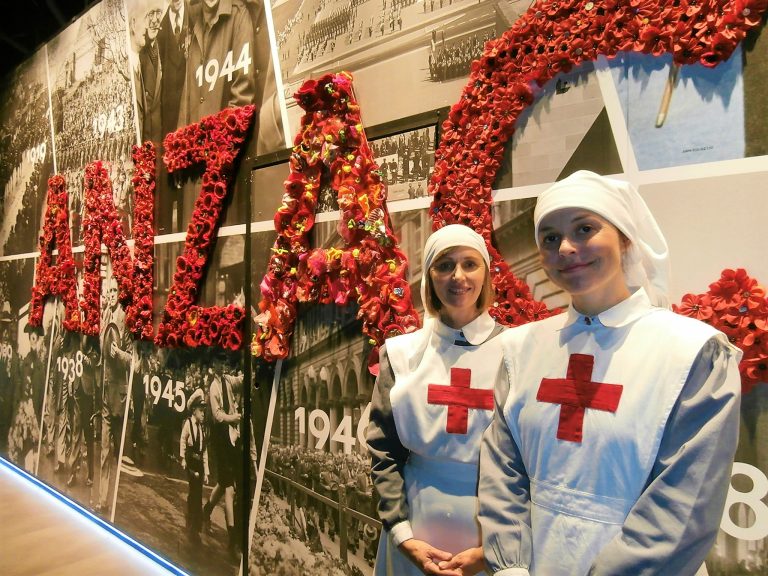JOHN McNAMEE REPORTS ON A MOVING EXHIBITION OF WARTIME MEMORIES
Lance Corporal Albert Jacka, aged 21, had only four men left with him in the small section of bloodied trench at Courtney’s Post above the beaches of Gallipoli.
It was May 19, 1915 and his 14th AIF Battalion had only been in Gallipoli for three weeks.
The Turks had launched a fierce counter-attack and threatened to over-run Jacka’s hard-fought position.
As the heavy fire burst overhead, suddenly a group of seven Turkish soldiers rushed the trench and a fierce fight began in which the four Diggers were killed or badly wounded.
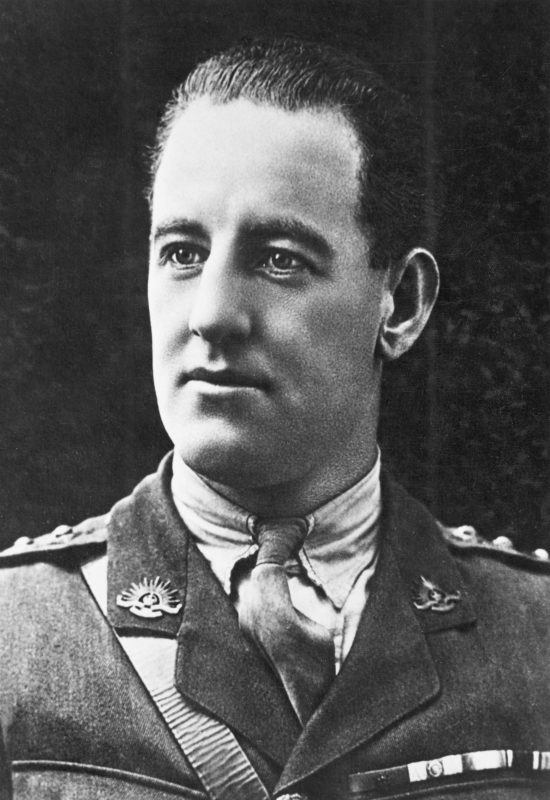
The only survivor, Lance Cpl Jacka took advantage of a diversion created by bomb throwers at one end of the Turkish position to single-handedly counterattack the seven enemy, killing the whole party .. five by rifle fire and two with the bayonet.
For this conspicuous act of bravery he was awarded the first Victoria Cross of the First World War.
The young ANZAC from St Kilda in Melbourne soon became a national hero and his photo was used on recruiting posters and his exploits were chronicled in local newspapers. He was widely described as “the symbol of the spirit of the Anzacs.”
He rose quickly through the ranks and after Gallipoli when the 14th Battalion was shipped to France in 1916 he had been promoted to captain.
His later acts of courage soon earned him more fame.
He was awarded the Military Cross at Poizeres in what famous Australian war historian Charles Bean described as “the most dramatic and effective act of individual audacity in the history of the AIF.”
In the bitter fighting at Pozieres, Captain Jacka recaptured a section of heavily defended trench, freed a group of recently captured Australians and forced the surrender of 50 Germans.
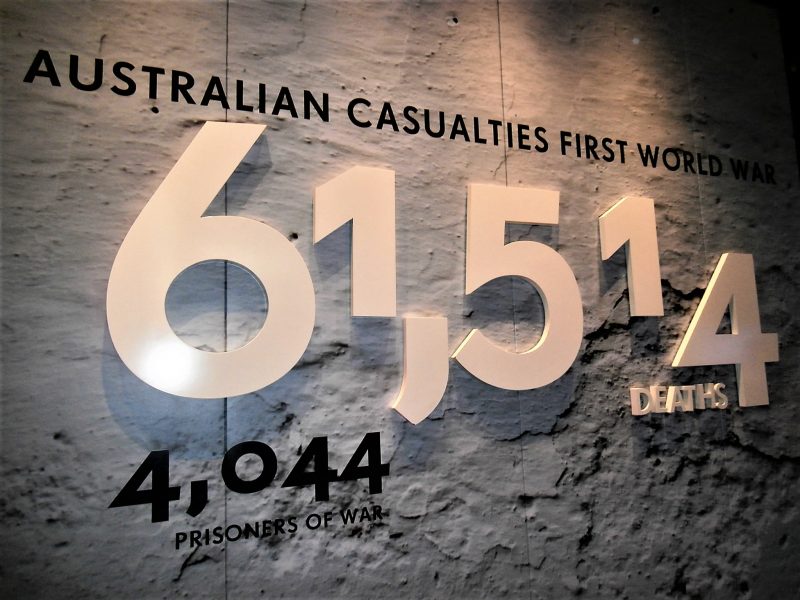
Despite several serious injuries Captain Jacka survived the war and returned to a hero’s welcome along the streets of St Kilda in September 1919. He later became Mayor of St Kilda and died of kidney disease in 1931.
Captain Jacka’s awe-inspiring story is just one of many featured in the recent Spirit of ANZAC exhibition which toured the nation and ended in Sydney on April 27 at the International Convention Centre after being on the road for almost two years.
It was the largest travelling exhibition since the 1988 Bicentennial display, visiting 23 locations throughout Australia.
More than 350,000 people went through the gates of the exhibition which was anchored by 200 artefacts from the Australian War Museum.
As well as the many moving tributes to the men and women who helped create the legend of the Anzacs, the display also featured archival footage from the war years, dramatic photographs and historical accounts from the front lines.
Some of the re-enactments of famous engagements were frighteningly realistic and visitors were warned via their personal audio narration sets to be prepared for “loud bangs and violent flashes” as they passed by the various exhibits.
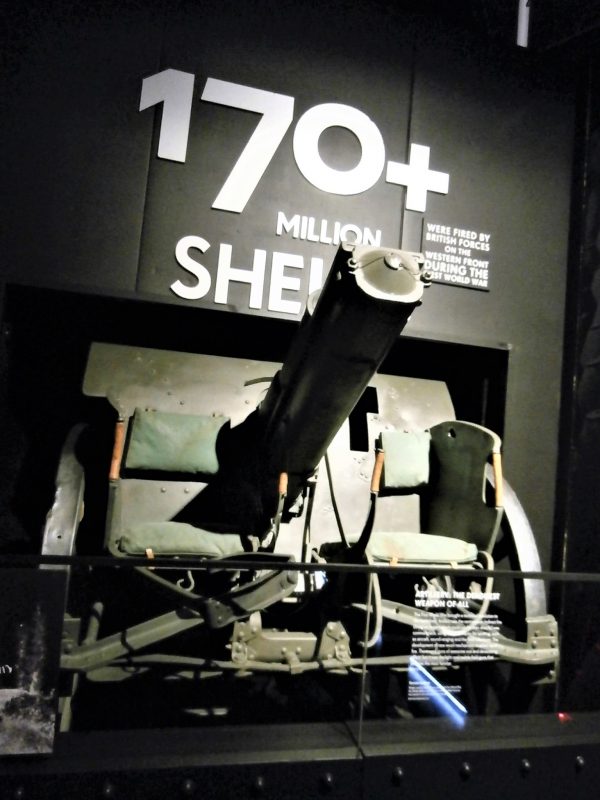
There were fascinating displays of wartime uniforms, crude surgical instruments, guns of all shapes and sizes such as the terrifying German 170mm Minenwerfer mortar, the trip-wire gun and various examples of field artillery, bombs, mines and grenades.
Other exhibits featured such artefacts as the remains of Turkish “cricket ball” bombs which had a 10-second fuse, a gas-proof pigeon carrier box and medical officer Captain Graham “Gertie” Butler’s surgical instrument wallet.
In a moving tribute, there was also a roughly beaten kerosene tin grave cross which marked the burial site of Victorian Private Charles Hampson, 23rd Battalion who died at Lone Pine.
Another extremely personal memento was the Distinguished Conduct Medal of Private William Goudemey, who with three other men, during a Turkish counter-attack on the Australian positions at Lone Pine, climbed out of the trenches to bring a Vickers machine-gun into action. He was killed at Pozieres a year later.
Life-life displays and dioramas of soldiers and nurses showed the distress and horrors faced on the slaughterhouse battlefields.
A dramatic display of the action involving the light cruiser HMAS Sydney, which on November 9, 1914 and despite a heavy bombardment from the German raider Emden forced the captain to run aground on North Keeling Island with heavy loss of enemy life, brings that famous naval battle vividly to life.
Some of the great battlefield leaders such as the highly decorated General Sir John Monash who commanded the Australian troops in Gallipoli and France are featured along with British general Sir William Birdwood, who was placed in command of the ANZACs at the start of the war and who endeared himself to the troops by regularly visiting the front lines.
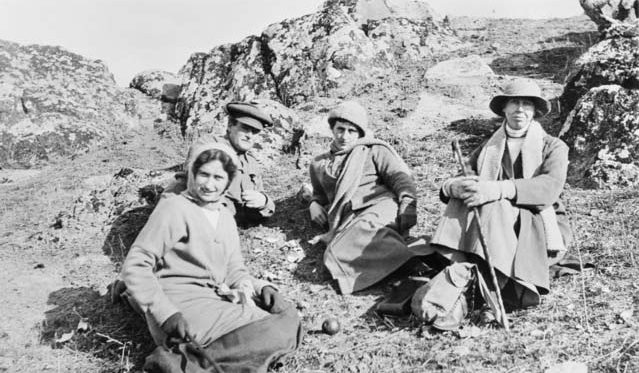
Another popular wartime leader was Admiral Sir George Patey who was appointed commander of the newly formed Australian Fleet in 1913 and led operations against German Samoa and German New Guinea in 1914.
Other fascinating exhibits included a tribute to Sister Nellie Leake who served with the Australian Army Nursing Service on the Western Front and in Egypt from April 1915 until the end of the war and who was awarded the Royal Red Cross for her “valuable services in the field.”
About 500 nurses were regularly employed on the Western Front and many were exposed to enemy bombing. Many were decorated for bravery with eight Australian nurses receiving the Military Medal.
A lovely photograph also depicts two indigenous men who enlisted when war was declared. The notation with their photo ironically states: “Aboriginal Australians had few rights in society. Most were ineligible to vote and none were counted in the census. When war broke out, some saw it as a chance to prove themselves the equal of Europeans and tried to enlist.
“For many, the motivation was no different from any other Australian: that the offer of six shillings a day for a trip overseas was simply too good to miss.”
But it was the horror depictions of the famous battles such as Passchendaele and Ypres, Pozieres and Fromelles which had the greatest emotional impact on the exhibitions visitors.
At Fromelles, part of the Somme offensive, the Australians suffered 5500 casualties in 24 hours, at Pozieres in July 1916 the 1st Division AIF lost 5000 men and the 2nd Division which replaced it had almost 7000 casualties and in only 19 days of bloody carnage, the final list came to more than 23,000.
I know we’ve only recently commemorated the 2017 Anzac Day around our country but it was wandering through the wonderfully laid-out Spirit of ANZAC exhibition that brought it all again into sad focus.
And it was encouraging to see the numbers of perfectly behaved young children who attended the exhibition and emerged in awe and some sadness of the tremendous sacrifices suffered by their fellow Australians.
For more information, visit the Australian War Memorial site at https://www.awm.gov.au


